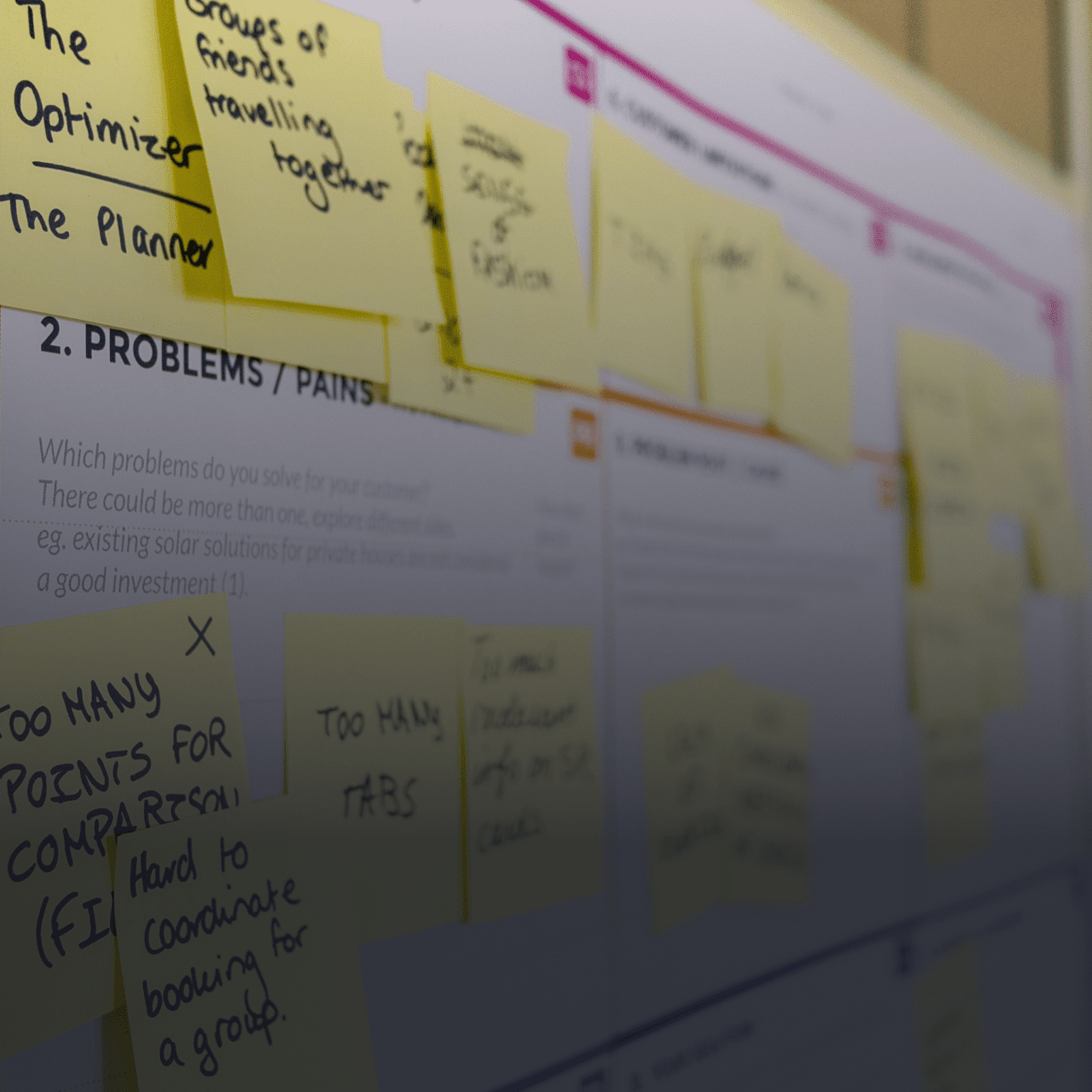I’ve been working as a freelance UX writer and copywriter for 3 years. In December 2021, I got an autism diagnosis, which helped me understand myself better and rearrange the way I work. I’m sure that I’m not the only neuro-divergent UX writer in the world. Who knows if the person sitting next to you at the office is also autistic?
I’m sharing my experience to make you think about how you can turn something considered a flaw or adversity into a unique advantage that differentiates you from others. I believe it may bring many benefits to you and the users of the product you design. It can be helpful not only in UX writing but actually in any field of User Experience.
Let’s begin with a short definition of neurodiversity. It’s a broad spectrum that includes autism, ADHD, dyslexia, Tourette’s syndrome, etc. Our minds work differently and it affects the work, but it doesn’t mean we’re broken.
Sustaining clear boundaries
For most of my life, I suffered in silence just to maintain the status quo and for everyone to feel better. That included agreeing to things I didn’t want to do or exposing myself to triggers too often. With time, I learned how to support a good mental state with boundaries.
Taking care of myself in that way is also important for work. My boundaries include:
- mostly contacting via email (it doesn’t apply to workshops and other important meetings),
- flexible working hours (due to my short attention span),
- allowing me to use well-known tools or letting me know earlier about new ones so that I have enough time to learn how to use them,
- determining the details, including the budget, hourly rate, responsibilities, work schedule, etc.
When I don’t have to stress over things like Zoom calls or what exactly is expected from me, the quality of my work evidently increases.
Plain language
I can’t help but take some things literally. That’s how my mind works. It’s hard since we live in a world of so many words that mean much more than they actually convey. But literal thinking has its advantages, and explaining things as simply as I can is one of them. There are also funny situations resulting from misunderstanding sarcasm or irony, but let’s pass them over in silence.
I can easily spot where cutting down the words is needed. I use plain language, statements and commands understandable for a certain group of users. Avoiding too many metaphors or getting rid of them when they’re not necessary is also one of my primary goals. Microcopy has to be clear and transparent.
Giving accurate instructions
If you tell me what to do, it’s possible I won’t remember half the information. My autistic mind has a tendency to forget complicated instructions, so I always write them down in a simpler way.
The same applies to UX writing, especially when leading users step-by-step. I’m giving them as detailed instructions as I’d love to be given myself, so they won’t get lost at any stage of using the product.

Empathy
They say autistic people don’t have empathy. Since there is no certain way to be autistic and every one of us is different, I strongly disagree with that. Those of you who are upset just by hearing someone’s sad story will understand. My hyper-empathy helps me a lot when mapping user stories.
Lately I’m working on a medical app concentrated on helping people, mainly the elderly, with chronic diseases like diabetes, obesity, or insomnia. You can guess how much compassion and solicitude are needed here. Whenever I have any doubts, I try to put myself in the patient’s situation. I ask myself: which words can I use to make him or her feel cared for? I choose to give my writing a human touch.
Copying communication styles
I’m a Gen Z member born in a post-soviet country where not many knew what autism was. My social competence was poor, as it is for most autistic children. So I observed people and copied the way they dressed, spoke, or even moved. I noticed that they used characteristic idioms, words, and sayings.
I worked for a company that creates sustainable feminine hygiene products. They had an incredible community gathering around a Facebook group. I analyzed their language, values, and lifestyle. Joining them helped me set the tone and voice of the brand. As a result, I found all the suitable words, metaphors, and syntactic constructs in a fun way: by interacting with a group of the most loyal customers.

Hyper-fixating on UX
Autistic people tend to hyper-fixate on one topic. It can take so much of our attention and time that we forget about basic needs like eating or sleeping. As you can guess, UX writing is one of my major interests. Browsing UX websites and resources in search of workshops, upcoming webinars, or the latest courses makes me grow constantly and expand my knowledge. Later I can put it into practice.
It made me learn Figma all by myself through tutorials on their YouTube channel. A few years later, it was easier to get along with Adobe XD than if I hadn’t dealt with such tools. I’ve done the Daily UX Writing Challenge after hours and in every spare minute of my copywriting work. It happened to be a crucial part of my portfolio that helped me get new freelance jobs.
Seeking more information led me to open up and speak to industry experts. I motivated myself to ask a well-known Polish UX writer for a meeting, and she helped me get into the industry. It was the most valuable support I’ve ever received. And yes, chatting with UX writers from around the world and exchanging our experiences online is less stressful than one-on-one or group talks (yuck!).
Barbara Polakowska is a guest author on Difference by Design. If you’ve interesting ideas to share, find out more about submitting a Guest blog here









I like the topics mentioned in the article to become a better UX writer, thanks for sharing!